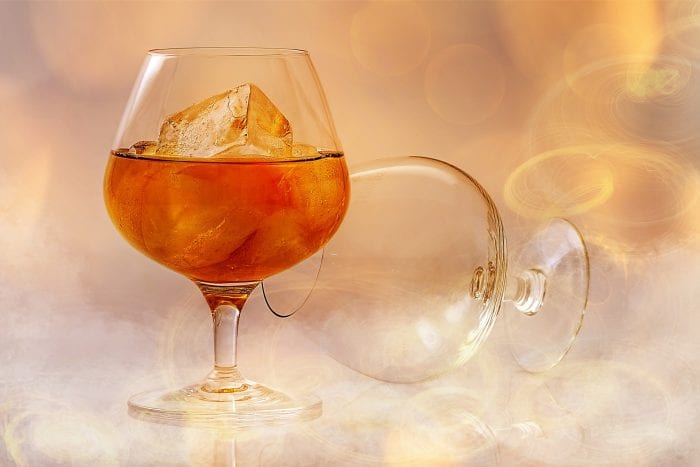The Wine Connoisseur: Armagnac — France’s other great brandy
By Bob Lipinski

Armagnac is a brandy distilled from wine and is often confused with its close cousin, Cognac. However, Armagnac’s taste is fuller and richer and is described as less “burning” and more mellow. Armagnac comes from the Gascony region in southwest France, 150 miles southeast of Bordeaux and 100 miles south of Cognac.
Armagnac has been distilled in Gascony since 1411, making it the world’s oldest brandy. In the mid-1600s the Dutch first exported it, and the aging of brandy in wooden barrels seems to have been practiced since 1730. In 1936 the Armagnac region was divided into three appellations: Haut-Armagnac, Bas-Armagnac, and Armagnac-Ténarèze. The best quality Armagnac comes from the Bas-Armagnac appellation, which produces over 55 percent of the region’s brandy.
Armagnac is produced principally from Ugni Blanc, Colombard, Folle Blanche, and Baco Blanc grapes. The wine is distilled to produce a colorless brandy with a powerful bouquet and flavor described as “firewater.” Approximately 95 percent of the brandy undergoes only one distillation.
Armagnac is aged in black, tannic-rich, 400-liter oak barrels from the Monlezun forest of France in the Bas-Armagnac. However, wood from Limousin, Allier, and Tronçais forests are being used because Monlezun forests have dwindled.
After aging, the brandies of different appellations and ages are blended. Following blending, the strength of the Armagnac is reduced to 40 or 43 percent alcohol by distilled water. This is followed by adding caramel for color “adjustment” if needed. Armagnac is then kept in large barrels for additional months to allow for the curing or “marrying” of the blend.
Legislation states that a vintage date on the label of a bottle of Armagnac indicates year of harvest, not year of distillation.
Label designations
• VS or three-star. Minimum three years old
• VSOP or Napoléon. Minimum four years old
• XO or Hors d’Age. Minimum 10 years old
• XO Premium. Minimum 20 years old
• Vintage. Minimum 10 years old
Taste
Depending on the type and age, Armagnac can have aromas and flavors of flowers, caramel, toffee, cinnamon, coconut, hazelnuts, dried fruit, fresh fruit (apricot, orange, peach, plum, prune, raspberry), maple syrup, roses, spices, violets, and vanilla.
Serving Armagnac
Armagnac has traditionally been regarded as an after-dinner drink, but in some countries, it is served before or with a meal. Purists prefer to enjoy the older, finer Armagnac unmixed. Armagnac should be served in short tulip-shaped glasses tall enough to allow a reasonable aroma to build, yet small enough to be cradled in one’s hand.
Bob Lipinski is the author of 10 books, including “101: Everything You Need To Know About Whiskey” and “Italian Wine & Cheese Made Simple” (available on Amazon.com). He conducts training seminars on Wine, Spirits, and Food and is available for speaking engagements. He can be reached at www.boblipinski.com OR [email protected].







